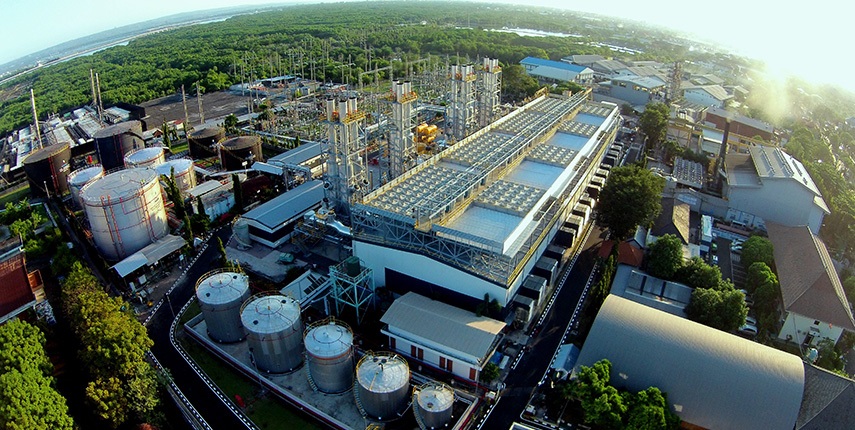

Grid stability in Indonesia – generating reliable electricity in Bali with operational and fuel flexibility
Indonesia is one of Asia’s fastest growing economies in terms of energy consumption. With a steadily growing population of nearly 270 million and an increasing rate of urbanization, there is significant need for a reliable and guaranteed supply of power throughout the archipelago. In recent years, the country has been successful in increasing installed capacity and investments in infrastructure to both improve the reliability and efficiency of the main grids such as the Java-Grid and increase electrification of the small grids.
| Who | PT Indonesia Power |
| What | 12 x Wärtsilä 18V50DF Flexible Baseload |
| Where | Bali, Indonesia |
| How | EEQ (Engineered equipment delivery) |
This is what we achieved
MW of electrical output
Thermal efficiency at any load
Minutes to reach full load
Thanks to its superior operation and fuel flexibility, the addition of the PLTD Pesanggaran 200 MW plant to the grid has helped us improving significantly the reliability of electricity supply to Bali in an economical way.
How we did it
Challenge
- Rapidly growing electricity demand
- Base load fluctuations
- Supply interruptions
Solution
- 200 MW flexible baseload power plant
- Modern internal combustion engine technology with ability to reach full load in less than 10 min
- Dual-fuel engines that run on both LNG and HFO
Benefit
- Ensuring a ready, reliable electricity supply to the Bali sub system grid
- Operational flexibility with ultra-fast starts and stops
- Provides scope for renewable penetration and gas sector development
The main details
| Customer | PT Indonesia Power (utility) |
| Type | Wärtsilä 50DF multi-fuel power plant |
| Operating mode | Flexible baseload |
| Gensets | 12 x Wärtsilä 18V50DF |
| Total output | 200 MW |
| Fuel | Natural gas & HFO |
| Scope | Engineering, procurement & construction (EPC) |
| Delivered | 2015 |

Would you like to know more?
Contact us
Fill in a contact form and our experts aim to be in contact within 1-2 business days. Contact us »
Read our brochure
Read our product brochure to get all the details.
Find your local office
Find a Wärtsilä office near you. Access the global address book »
Related solutions and services
Related materials
Trusted partner to the best companies in the world
Related press releases
Wärtsilä customer receives Power Award for best dual-fuel power plant
Wärtsilä and PLN sign cooperation agreement to develop power generation in Indonesia
Wärtsilä receives order for major turnkey power plant project from Indonesia


